Charterstone – A legacy board game for home builders
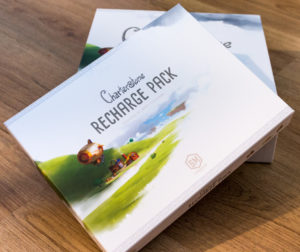 Stone on stone and the new spa hotel is already standing. Here in the sunny valley it is supposed to attract paying guests who can then entirely focus on their relaxation. But there is a problem: the accommodation costs are pure robbery. Not everyone will be able to afford a night. After all, you have to shell out seven gold for one night. Good thing that the villagers in the Sunny Valley can live very well from agriculture. Unfortunately this is not the case in the neighbouring charters. Due to bad planning their production chains do not have the same efficiency as ours. The king will be pleased when he comes to visit soon and can see for himself that only one of his servants listens to him and brings the village to the prosperity he has demanded. Welcome to Charterstone.
Stone on stone and the new spa hotel is already standing. Here in the sunny valley it is supposed to attract paying guests who can then entirely focus on their relaxation. But there is a problem: the accommodation costs are pure robbery. Not everyone will be able to afford a night. After all, you have to shell out seven gold for one night. Good thing that the villagers in the Sunny Valley can live very well from agriculture. Unfortunately this is not the case in the neighbouring charters. Due to bad planning their production chains do not have the same efficiency as ours. The king will be pleased when he comes to visit soon and can see for himself that only one of his servants listens to him and brings the village to the prosperity he has demanded. Welcome to Charterstone.
Charterstone is a legacy worker placement game by Jamey Stegmaier. It is played on the changing game board over 12 games. How did the game perform ? We will clarify this in our review of the game.
Have fun reading!
Charterstone knows what you did last round
Charterstone is a legacy game. Decisions you make in one game are carried over to the next. If you think about Pandemic Legacy now, you are not so wrong.
However, Charterstone is not a game where you try to save the world together, this time you are playing against each other – or rather Charter against Charter. At the beginning of the first game, each player chooses a color and gets his own piece of land – called Charter – which he may create.
In this land you will construct your buildings during the game and try to build meaningful production chains. The buildings will be permanently stuck to the game board so that you will know what you have built in the next game. Your space is limited, and at some point you will have to part with buildings you have built in previous rounds by taping over them.
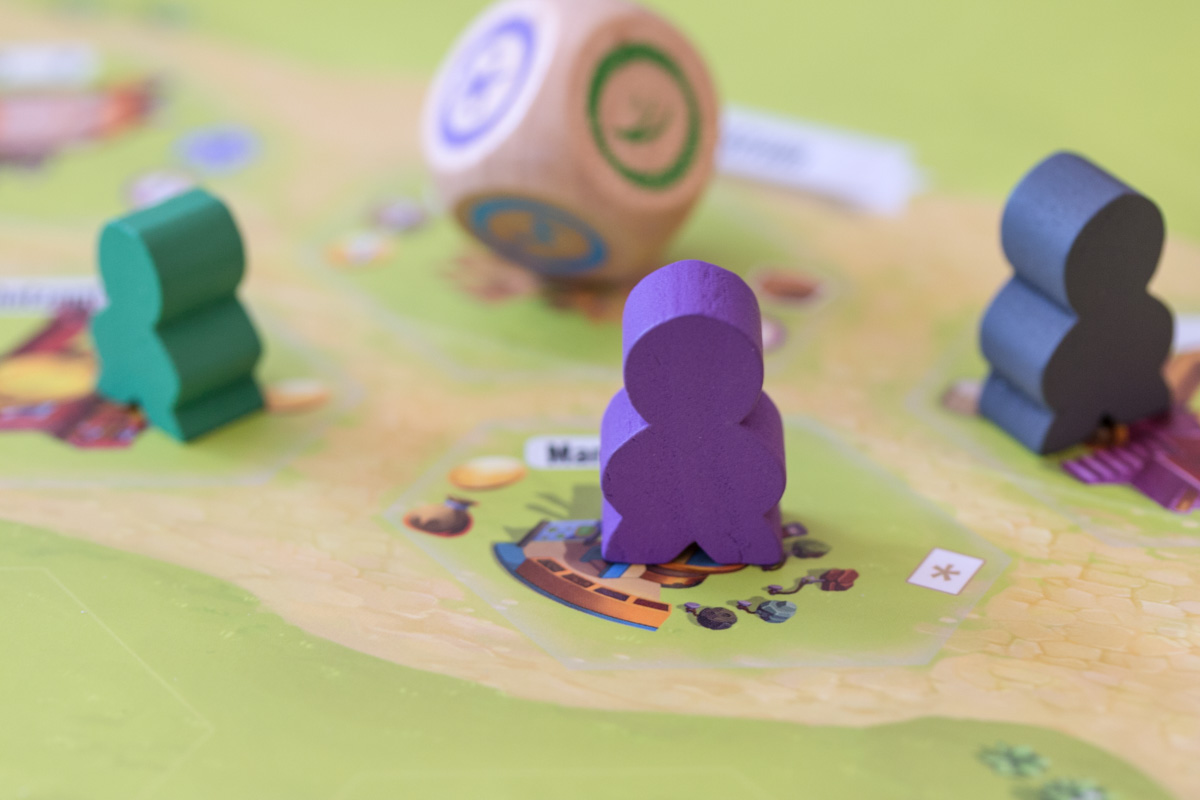
But that’s not enough legacy: Over the number of exactly 12 games, a story will be told, whose individual chapters will be shaped by you. The player who fulfills the current victory condition of the round can choose between two options and thus set the course for the next game. This alone was an motivation for the players in our group to win.
Because only the winner was allowed to scratch, and if there is one thing publishers have learned from legacy games, it is that players want to discover something. And Charterstone is no exception. Not only do the options for the next round want to be discovered by you, there are also various boxes to open. And besides the physical boxes, the mysterious charter crates in the form of cards also want to be explored.
These charter crates will provide you with new buildings or even role cards. But not only the player who opened the ” crate ” gets a bonus. In most cases they also extend the game with new rules. This happens most often in the first game games, while at the end of the whole campaign many charter crates are already open and therefore the yield is getting smaller and smaller.
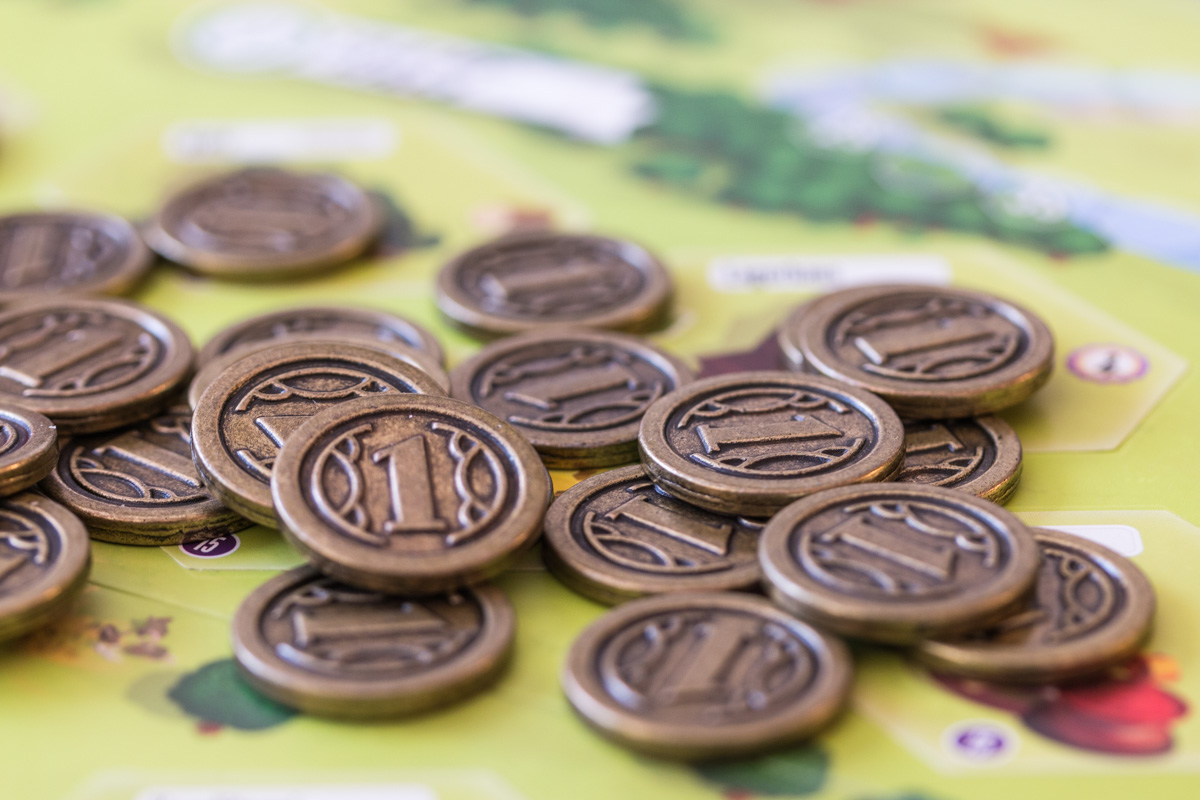
Give and take
Jamey Stegmaier, the designer of Scythe, is behind Charterstone and is venturing into another worker placement game. However, he does not revolutionize the genre.
The basic mechanism is rather simple: You take one of your two workers and place it on a field. Some fields require resources, which you have to pay for in order to use the field and its yield.
If you don’t have any workers to place, you will have to use a turn to get your workers back. If another player places a worker on a field that you have already occupied, you will get your worker back in your hand as a bonus. Looks familiar, and it was the same way with Euphoria by Jamey Stegmaier.
This simple mechanism ensures that you don’t have to deal with difficult rules at the beginning, you can start playing right away. And this is exactly what Charterstone has to offer: After the very fast setup for the first game you start playing immediately.
The game takes you by the hand and actually uses the first game as a tutorial explaining how to play the game. But here I think that this does not work for all Euro-Gamers. We also looked at each card to see if there is anything in the rules. But here you should relax and just follow the game, everything is explained at the right time and nobody is left behind.
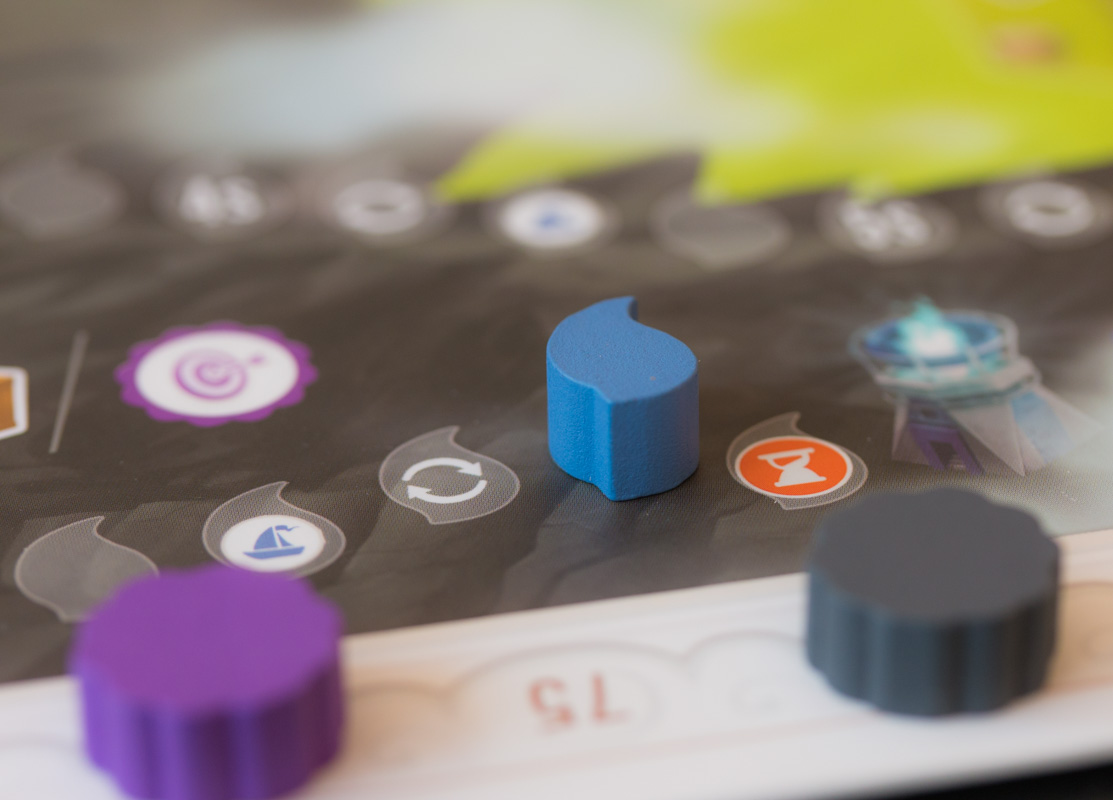
The crux of the Legacy
But Charterstone has a problem: it is a legacy game. It’s not about the ” old ” discussion that you can actually play the game only once. This decision has to be made by each group for itself. The real problem is that you play against each other. And who doesn’t know this in a Worker Placement game: One wrong decision and you fall behind and can’t catch up with the other players.
How bad does it have to be in a game where you take your production chains into the next game?
Surprisingly, Charterstone manages to keep just that under control to some extent. Because every game has a different winning condition and so the production chain that was working just now is worth nothing in the following game. And the Charter of your opponent is suddenly in a much better position than your own in this game. Here you have to be able to react flexibly. Unfortunately this is not always possible. So it happens that some players are a little bit knocked off and seem to see no land. Frustration is of course included.
This happens especially when a teammate has a winning strategy that does not always guarantee victory, but gives him enough victory points. These victory points are used to unlock bonuses for your character. Bonuses that you receive at the beginning of a round. This can be a resource of your choice, money, or a card from the deck. This is where things get unfair again very quickly, as money and resources are extremely limited in Charterstone. And if a player has one more resource right from the start, the basic mechanism of the game means that this player has one more turn for other actions, because he doesn’t have to worry about the missing resource anymore.
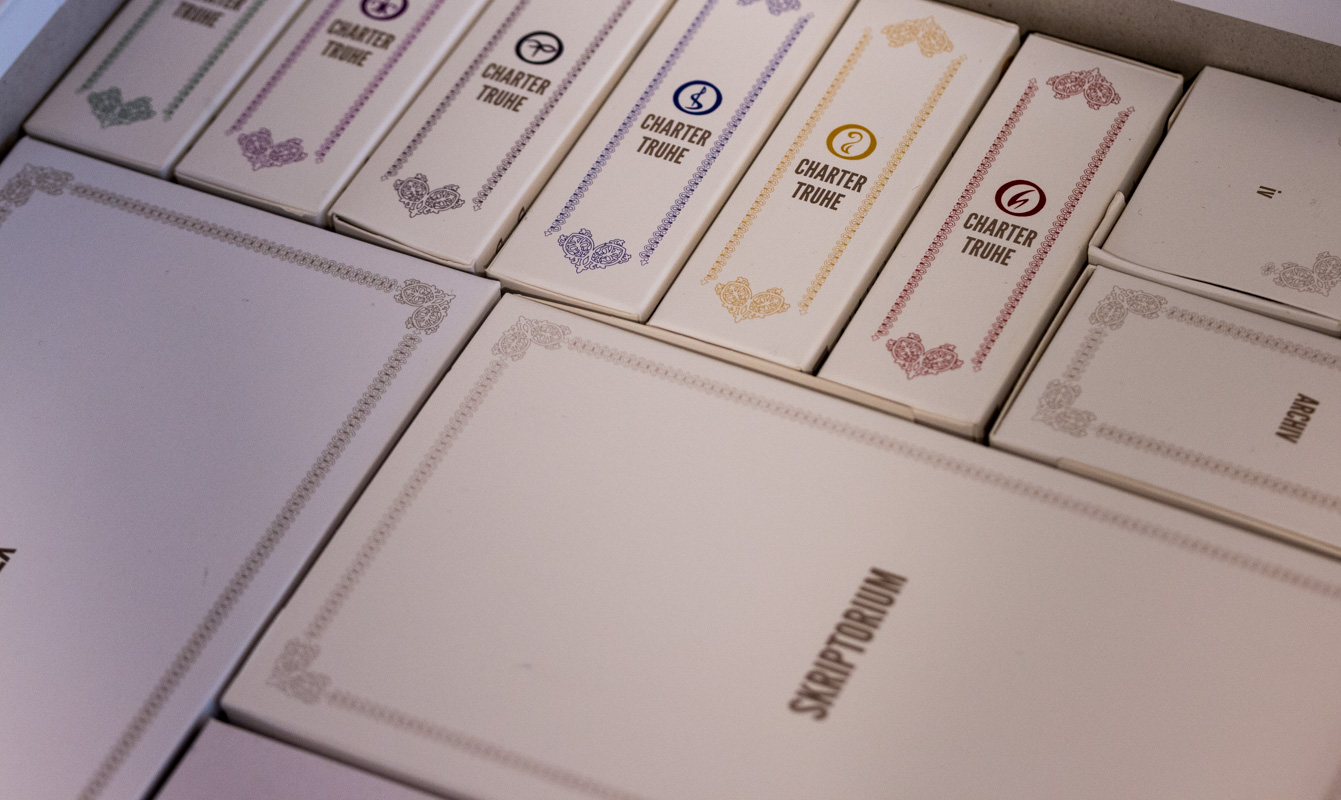
On your marks ready to go – the race towards the end of the game
Whoever sees Charterstone’s illustrations for the first time will probably immediately feel reminded of corresponding video games. First and foremost, of course, the well-known Settlers series.
However, the game is only on the surface a simulation of economy with a cuddle factor. It is a race for victory. Everything you will do in Charterstone serves only one purpose: collect victory points as fast as possible before the game ends.
So the players split into two factions: There are those who want to keep the game going a little bit longer to generate points and then there are the players who want to finish the game quickly because their lead is big enough. There is no fixed number of rounds, as you might be used to from various Eurogames. Rather, there is only an approximate end to the game at Charterstone.
This is a point that is incredibly exciting in the game. There is a progress track where a marker moves forward through different events towards the end of the game. In some games this can happen faster than you would like and in other rounds the marker doesn’t seem to move at all. But you as a player can deliberately accelerate the marker towards the end of the game, because every player has exactly 12 influence markers which he uses during the game. If you have no more markers, the progress marker will continue moving towards the end of the game.
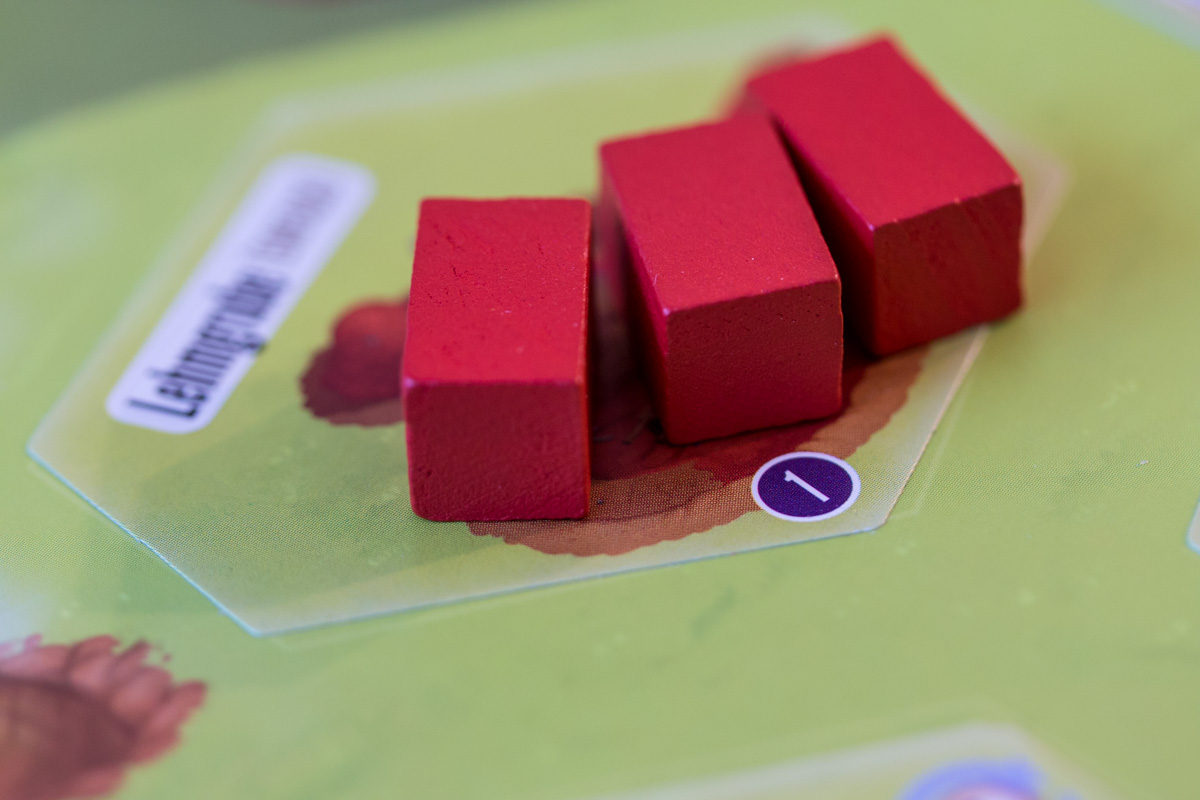
Charterstone is a game for explorers
Charterstone is not a game for story-hungry players. Compared to Pandemic Legacy Season 1, there is a rather shallow story. But younger players can understand it, which is not the case with Pandemic Legacy Season 1. But the story is not the great strength of Charterstone. It’s more about discovering and building, which is in strong contrast to Pandemic, which is really just about the end of the world.
In Charterstone we build up a settlement, we open unknown virtual crates and so we are happy about new cards and new rules during the game. On top of that, there are also the boxes, which we really want to open.
The cute buildings make our game board come alive with every game. They make the board more colourful and entertaining than Pandemic can be. Yet Charterstone is not the better legacy game. It’s just a different legacy game. If you want to fight for survival all the time, you may be more likely to pick up pandemic, if you want to build and develop, you may be better off with Jamey Stegmaier’s game.
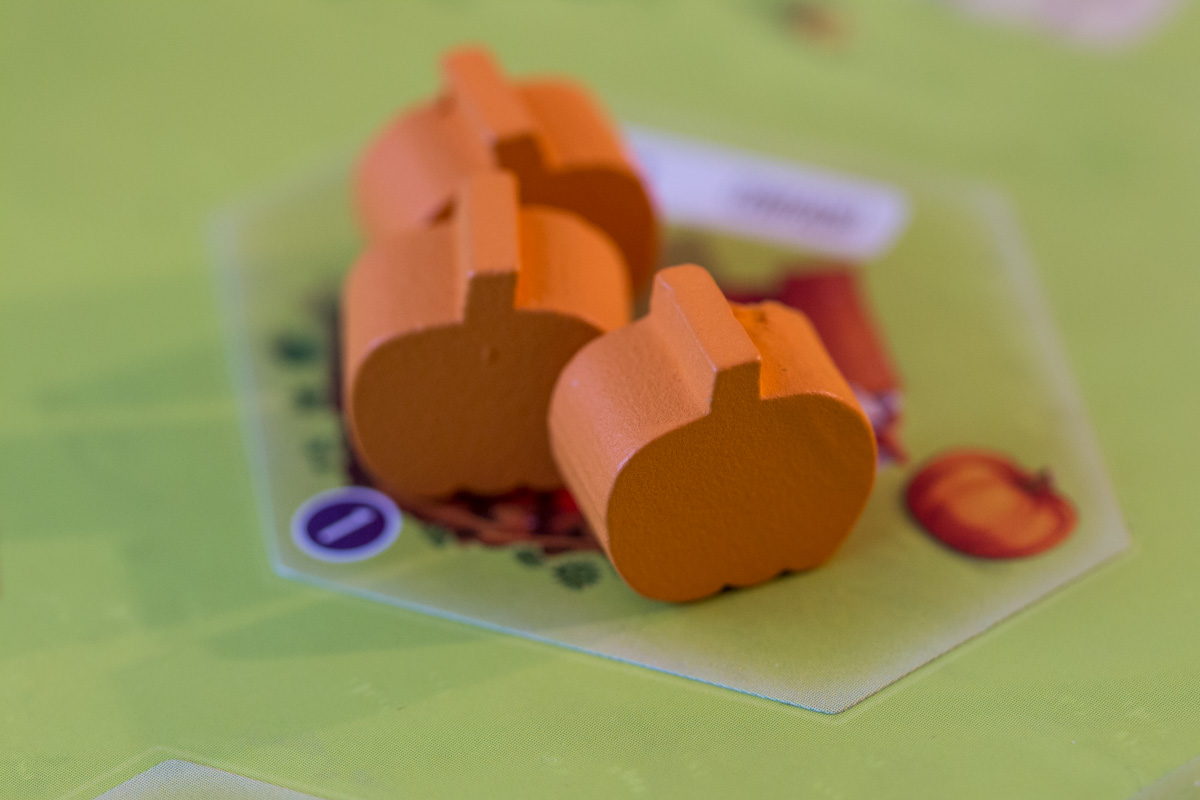
In the long run – number of players and replayability
Every Charterstone game board in the world will be different after the last game, this promise was made by the designer. However, this is only eyewash, because once you’ve played the game, the urge to discover is over and it’s just a worker placement game at the end of the day. And playing it with another group only makes sense if they have played Charterstone.
Because I find it rather difficult to explain the grown game to strangers. So it doesn’t help that the game comes along with very nicely designed components. Wood shaped pumpkins and metal coins, which you can use in other games, show that the eye is also playing along.
You should also think carefully in advance about how many players you want to play with. You can play Charterstone alone or with up to five other players. The rule here is: More is better! You should not be at the table with less than four players. You can replace missing players with an AI, but an AI can’t represent human strengths and weaknesses, it’s only a means to an end.
If you really like Charterstone, you can even play the Legacy Game again. So the board game comes with a two-sided game board. The used cards can be replaced with a Recharge Pack. You can then start the adventure again with a new group or even the same one.
Buy Charterstone?!
What remains after 12 games of Charterstone? A box of game materials and a unique game board. Oh yes, and as for our group, 12 games of fun and games of skill. Charterstone has not disappointed us. Sure, the story could have been better and good Jamey just messed up the ending, but the real stories weren’t on any cards, they were created during the game.
Everyone of us will remember game nine and that sometimes you do point your naked finger at people. We will also remember that after 12 games one of our teammates still moved the wrong checkers on the victory point track. And we will remember the wild — censored– fights that took place in the — censored–. But we will not play Charterstone again with the evolved game board. But we will wait until our daughter is a tad older. Then we will be able to open the Recharge Pack to travel with her to the valley to found a new village.
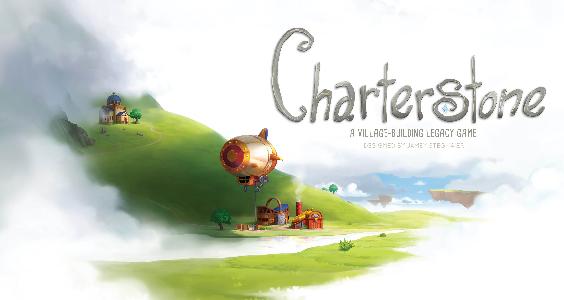

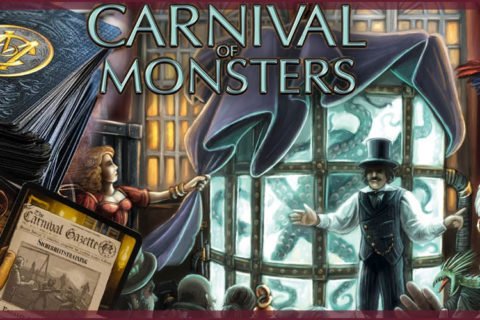
Leave a Reply